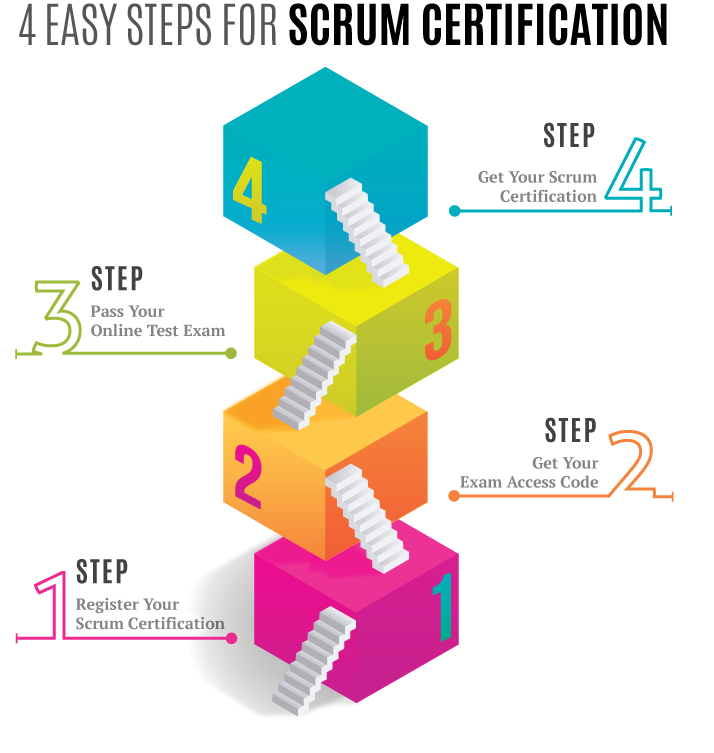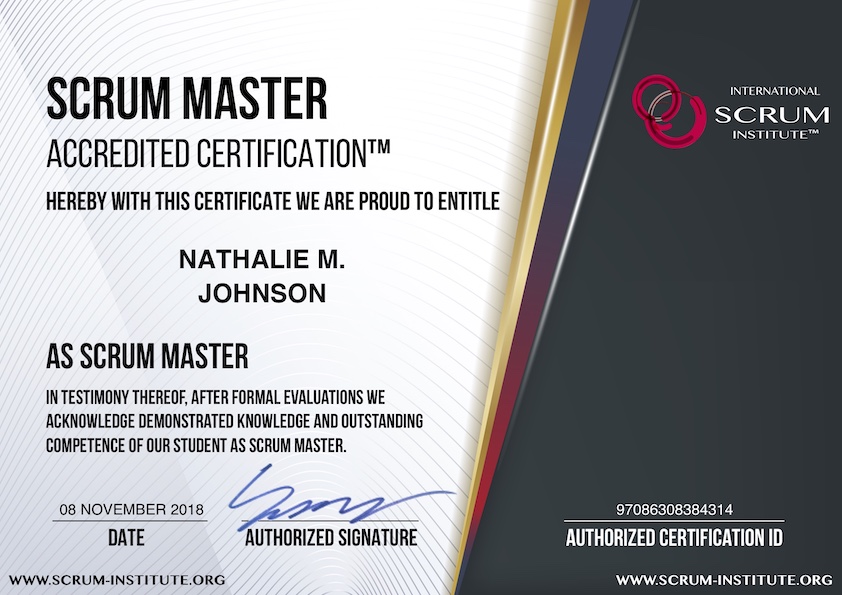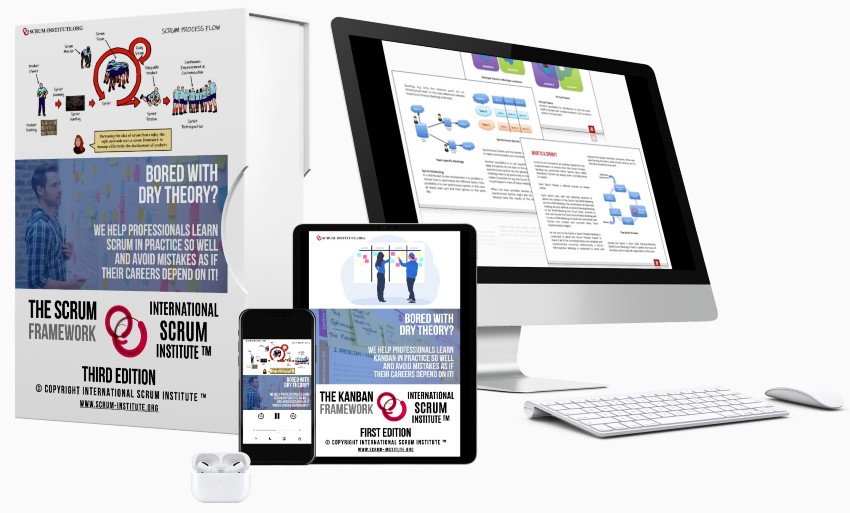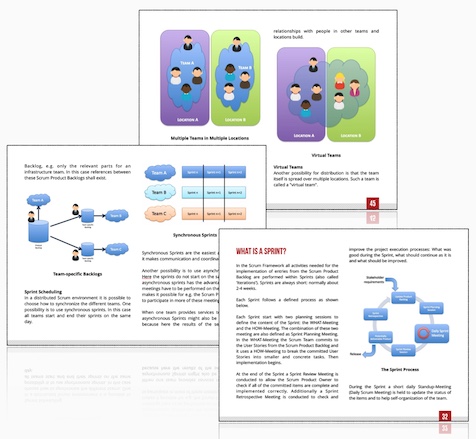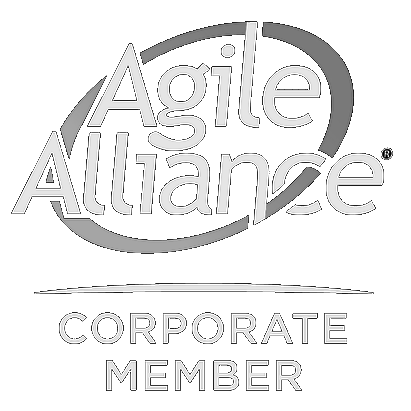Sprint Review Meeting: Goals and ProTips
Sprint Review meetings are vital for showing work done during a sprint and gaining useful feedback. Like a chef presenting the day's catch, every detail matters—be it the taste of the dish or its presentation—it all adds up. Unexpectedly, even with a good presentation, without constructive feedback from the stakeholders, it could be as unfulfilling as getting only polite applause after pouring your soul into cooking up that dish. In fact, this stakeholder feedback is essential to align with the product's overarching goals ─ very much like using the right spices to bring out the flavor in a fish stew.
Let's dive into how you can set effective goals in these meetings.
When setting goals for a sprint review meeting, focus on obtaining actionable feedback on completed work, discussing potential improvements based on market conditions, and ensuring alignment with the overall product vision. It's crucial to use the valuable feedback gathered during the sprint review to influence the product backlog for the next sprint.
The Sprint Review meeting (See also Scrum Sprint Retrospective Meetings - Goals and Best Practices) should be kept very informal. No PowerPoint slides should be used and time for preparation and performing the meeting should be limited. During the meeting the Scrum Product Owner inspects the implemented backlog entries and accepts the solution or adds new stories to the Scrum Product Backlog to adapt the functionality.
Purpose of Sprint Review Meetings
Sprint Review meetings play a critical role in ensuring that everyone involved is in sync with the progress being made in each sprint cycle. Acting as a platform for showcasing completed work, these gatherings also serve the purpose of obtaining valuable feedback from stakeholders and aligning ongoing efforts with the product's overarching goals. The primary objective is to foster transparency, engagement, and collaboration among all involved parties.
It's not simply a matter of presenting finished work; rather, it's an opportunity for the Scrum team to inspect the increment thoroughly, adapt backlog items as needed, and ultimately drive the product toward success. By sharing what has been accomplished in each sprint, the team gains insights into what worked well and areas that need improvement. This allows for continuous adjustments and enhancements as the project progresses.
Sprint Review meetings aren't just about showcasing completed work; they involve actively seeking feedback to make informed decisions for future sprints. This open dialogue encourages stakeholders to contribute their thoughts on the product's development, ultimately shaping its trajectory.
By providing a designated space for this exchange, these sessions facilitate a sense of ownership among all involved parties, creating an environment where everyone feels invested in the product's evolution. This sense of inclusivity can positively impact the final product, ensuring that it meets the needs and expectations of all stakeholders.
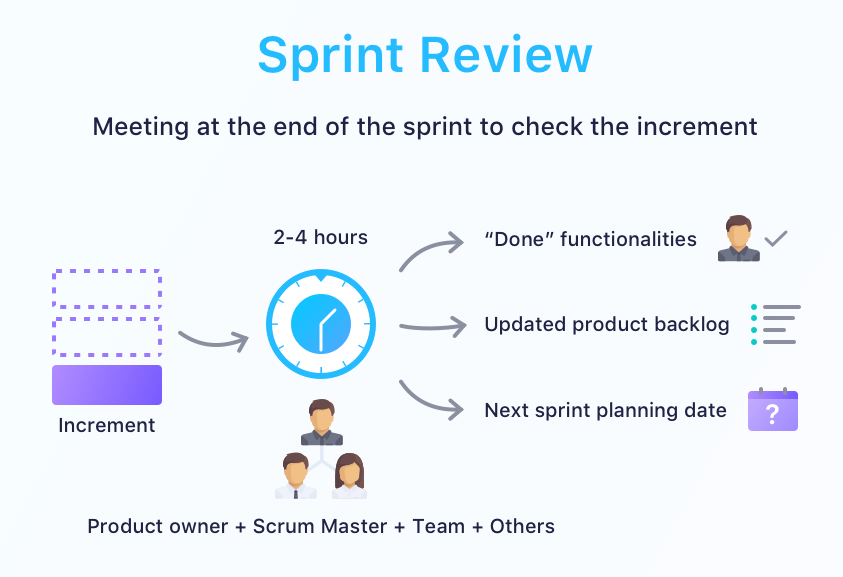
Sprint Review Meeting
In essence, by holding these Sprint Review meetings, organizations can leverage these sessions to bolster their collaborative efforts and ensure that everyone is aligned towards achieving common objectives. This ensures that valuable lessons learned during one sprint can be applied to enhance future iterations.
Now, let's explore how these meetings support alignment with broader strategic goals and provide actionable takeaways for all participants.
Setting Effective Goals
When it comes to the Sprint Review meeting, clear and specific goals can make all the difference in ensuring its success. It's not just about gathering around and showing what you've done; there has to be a purpose, a direction.
Setting these goals requires careful thought and planning. When you establish specific and measurable objectives for the Sprint Review meeting, everyone involved knows exactly what is expected, and the meeting can stay focused and productive. It's like planning a road trip: without a destination in mind, you might end up driving in circles. But when you have a clear goal, getting there becomes easier.
For instance, your goal might be to demonstrate completed features, gather feedback from stakeholders, and ensure that the reviewed work aligns with the overall product vision. This way, the team understands what to prepare and present, and stakeholders get a chance to provide input that can drive valuable insights for future iterations.
Futhermore, it's crucial to link these goals directly to the broader product vision.
Linking Goals to Product Vision
The product vision is like the guiding star in the night sky—it shows you where you want to go. By aligning the goals of the Sprint Review meeting with this vision, you emphasize how each step taken during the meeting contributes to the larger journey of product development.
Let's say the product vision centers around enhancing user experience and adding new functionalities to attract a wider customer base. Your Sprint Review meeting goals could then revolve around showcasing features that contribute directly to these aspects, gathering feedback on their usability, or even discussing potential new features that align with this vision.
By establishing this connection, team members are reminded of the bigger picture and focus their efforts on delivering work that brings them closer to achieving the overarching product objectives.
By setting clear, connected goals for your Sprint Review meetings, you not only keep all participants aligned but also ensure that each meeting serves as a meaningful step forward in realizing the product vision.
In this relentless pursuit of agile excellence, laying a solid foundation is paramount. This brings us to the essential principles of preparing for a successful review.
Preparing for a Succesful Sprint Review
The success of a Sprint Review hinges on thorough preparation. At the heart of this is ensuring that the increments, or pieces of work, have been completed and are ready for display. This means revisiting the initial goals set and checking if the work aligns with these targets.
It's crucial to confirm that each designated increment is completed and in proper working order before the review meeting. This sets the stage to showcase tangible progress and functionality, essential for garnering insightful feedback and fostering effective collaboration during the session. When stakeholders can see and use the actual product increments, it becomes easier for them to provide meaningful feedback and make valuable contributions.
Moreover, inviting key stakeholders to the review meeting is equally important. These individuals can offer valuable insights based on their unique perspectives and vested interests in the product's progress.
Identifying and inviting relevant stakeholders such as end-users, internal team members, and representatives from departments with a stake in the product's development can significantly enrich the feedback process. Their diverse viewpoints and expertise enhance the quality of discussions during the review. Additionally, it creates opportunities for cross-departmental collaboration, aligning efforts, and ensuring that all invested parties contribute to refining the product's trajectory.
By welcoming such diverse participants into the review meeting, you create an atmosphere where different ideas can come together, intersect, and lead to innovative solutions or improvements. This collaborative environment not only elevates the quality of feedback but also fosters a sense of shared ownership among stakeholders.
Careful preparation ensures that your Sprint Review meeting provides a rich platform for valuable feedback, collaboration, and forward momentum in light of complete, tangible increments and a well-rounded representation of invested stakeholders.
In this carefully orchestrated environment characterized by inclusivity and comprehensive preparation, all roads lead to productive collaboration. It's within this spirit of collaboration that we now turn our attention to maximizing meeting outcomes.
Maximizing Meeting Outcomes
To get the most out of a sprint review meeting, encouraging active participation from everyone involved is crucial. This involves creating an inclusive environment where all attendees feel comfortable sharing their thoughts and ideas. By ensuring that diverse feedback is solicited, it becomes possible to leverage various insights to enrich discussions, leading to more well-rounded decision-making and iteration planning.
Imagine a brainstorming session where everyone has a chance to contribute - this is how you want your sprint review meeting to feel. Each person brings a unique perspective based on their role and expertise, whether they're a developer, product owner, or a stakeholder. By actively seeking feedback from all of them, you open the floor to different viewpoints and ensure that every aspect of the work gets the attention it deserves. This can lead to improved communication, better solutions, and ultimately, a more effective review meeting.
Encouraging Active Participation
The key is to ensure everyone feels empowered to share their thoughts. Break down barriers and create an atmosphere where every opinion is valued.
Set Action Items
It's not just about having fruitful discussions; it's also about turning those insights into decisive action. Identifying actionable items and next steps based on the feedback received during the review meeting is crucial. These action items serve as a bridge between the outcomes of the meeting and tangible improvements in the product backlog and subsequent sprints.
It's one thing to collect diverse feedback during the meeting, but it's another thing entirely to channel that feedback into real change and improvement within the team's work. Setting clear action items ensures that the valuable input gathered during the sprint review doesn't simply fade away—it's transformed into concrete plans for progress.
For example, if stakeholders express concerns about user experience in a certain area of the product, identifying action items would involve determining specific tasks or changes needed in the upcoming sprint to address those concerns.
Setting action items does more than just move things forward; it adds accountability for taking the necessary steps to address important issues raised during the meeting. This level of clarity enables the team to collectively understand what needs to be done next and how each person can contribute to achieving those goals.
Maximizing the outcomes of the sprint review meeting isn't just about gathering feedback – it’s about harnessing this feedback effectively by encouraging active participation and channeling it into actionable items for continuous improvement.
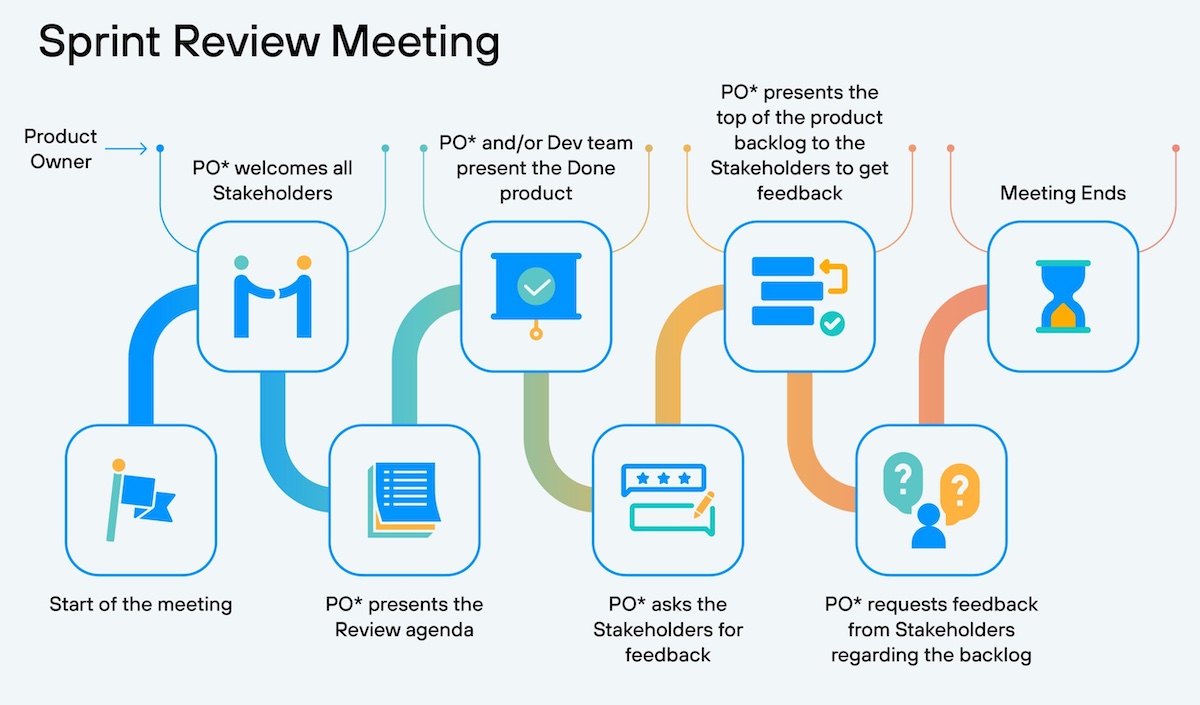
Sprint Review Meeting Best Practices
Agile Process Integration Tips
Integrating Agile principles is not just about following rules but fostering a culture of collaboration, adaptability, and continuous improvement. Here are some tips on how to seamlessly blend Agile principles and foster continuous improvement within the Sprint Review meeting dynamics.
Seamlessly Blend Agile Principles
- Agile Values and Principles: Keep the meeting discussions centered on collaboration, responding to change, and delivering incremental value. By doing so, you reinforce the importance of iterative and adaptive development, promoting an Agile mindset throughout the organization.
- Meeting Dynamics: Encourage open discussions where team members share their perspectives on adapting to changing requirements and improving collaboration. This may include brainstorming sessions to address roadblocks or unexpected changes and leveraging diverse skills within the team to optimize value delivery.
- Iterative Development: Emphasize the significance of incremental value delivery and how it aligns with customer needs. Encourage teams to showcase their progress, celebrate achievements, address challenges, and discuss potential improvements during these showcases.
Foster Continuous Improvement
- Reflective Opportunities: Use the Sprint Review meeting as an opportunity for teams to reflect on their Agile practices and identify areas for improvement. Encourage open discussions about what worked well, what could have been done better, and potential adjustments for future sprints.
- Continuous Learning: Create a culture where learning is central by openly discussing past challenges and successes. Normalize the concept of embracing failure as a learning opportunity rather than a setback. Encourage regular knowledge sharing sessions and workshops to support skill development and exchange best practices among team members.
- Refinement: Encourage collaborative problem-solving and decision-making during the review meeting to refine both product development processes and team dynamics. Utilize feedback loops to actively address issues, capture lessons learned, and channel them into actionable improvements in subsequent sprints.
By integrating these tips into your Sprint Review meetings, you can create an environment that fosters a culture of continuous improvement while staying aligned with Agile values and principles. This approach not only promotes growth within the team but also contributes to refining the overall development process for enhanced efficiency and effectiveness.
Now that we've explored ways to seamlessly integrate Agile principles into Sprint Review meetings, let's shift our focus to effective strategies for communication and collaboration in agile environments.
Communication and Collaboration Strategies
In every sprint review meeting, open and constructive discussions are crucial for success. Creating an environment where everyone feels comfortable sharing their ideas, concerns, and suggestions is key. This fosters a culture of psychological safety, allowing all stakeholders to express their viewpoints without hesitation.
Psychological safety in these meetings encourages active participation from all team members, ensuring that no perspective goes unshared and enriching discussions with diverse viewpoints. The openness drives innovation as every voice is given the same weight, leading to better solutions.
Leverage Visual Aids
Visual aids are powerful tools for enhancing communication during the meeting. Incorporating interactive product demos, prototypes, or progress charts can effectively convey complex information to meeting participants. Visual representations add depth to the discussions by providing a tangible representation of the work accomplished during the sprint. They can help team members understand intricate details and progress updates more easily than with verbal descriptions alone.
For instance, imagine using a progress chart to visually represent the development milestones achieved during the sprint. This creates a shared understanding among participants about how far the team has come and what remains to be accomplished. Additionally, showcasing interactive product demos or prototypes allows stakeholders to interact with the work directly, fostering deeper engagement and understanding.
The use of visual aids doesn't just enhance understanding; it also sparks creativity and thoughtful feedback from the attendees. This creates an interactive dynamic that encourages meaningful contributions from everyone involved.
Moreover, visual aids can serve as a common denominator for team members from diverse backgrounds or levels of expertise in the project. They offer a universal understanding of progress and achievements that transcends language barriers or technical jargon. By leveraging visual aids, teams create a transparent and inclusive environment where every participant gains meaningful insights into the progress of the project.
By fostering open discussions and leveraging visual aids, you can ensure that your Sprint Review meetings are not only informative but also engaging and conducive to productive collaboration. This sets the stage for valuable insights and feedback from all stakeholders, leading to continuous improvement in your Agile processes.
Effective communication and collaboration are the cornerstones of successful Sprint Review meetings. By nurturing an environment where every opinion matters and leveraging visual aids to facilitate understanding, teams can elevate their Agile processes and drive continuous improvement.
Questions and Answers About Sprint Review Meetings
What is the purpose of a sprint review meeting?
Answer: The purpose of a sprint review meeting is to gather feedback from stakeholders on the increment developed during the sprint and to discuss potential adaptations for the upcoming sprints. It promotes transparency, collaboration, and accountability within the agile team. According to a survey conducted by Agile Alliance, 85% of respondents agreed that sprint review meetings have improved their team's understanding of stakeholder needs and increased overall customer satisfaction.
What are the common goals that are typically discussed in a sprint review meeting?
Answer: The common goals discussed in a sprint review meeting typically include demonstrating the work completed during the sprint, soliciting feedback from stakeholders, identifying areas for improvement, and updating the product backlog. According to a survey by Scrum Institute, 85% of agile teams consider demonstrating completed work as the primary goal of the sprint review meeting, followed by gathering stakeholder feedback (70%), and refining the product backlog (60%). Overall, these goals ensure transparency, collaboration, and continuous improvement within the Agile development process.
How can individuals contribute to the success of a sprint review meeting and help achieve its goals?
Answer: Individuals can contribute to the success of a sprint review meeting and help achieve its goals by actively participating in the discussion, providing valuable feedback, and sharing their insights and ideas. By preparing beforehand and familiarizing themselves with the progress made during the sprint, individuals can effectively contribute to the decision-making process and ensure that the meeting stays focused and productive. Studies have shown that engaged participation from team members leads to better outcomes and increased productivity in agile meetings, ultimately improving project success rates by up to 70%.
Are there any specific techniques or strategies for effectively setting and achieving the goals of a sprint review meeting?
Answer: Yes, there are specific techniques and strategies for effectively setting and achieving the goals of a sprint review meeting. One effective technique is to establish clear and measurable goals at the beginning of each sprint, ensuring they align with the overall project objectives. Additionally, having a structured format for the review meeting, such as presenting completed user stories or features, allows for focused discussions and feedback. According to a survey conducted by Agile Alliance, teams that implemented goal-focused sprint reviews saw a 20% increase in customer satisfaction ratings compared to those without specific goals.
Are there any potential challenges or obstacles that may hinder the achievement of sprint review meeting goals, and how can they be overcome?
Answer: Yes, there can be potential challenges in achieving sprint review meeting goals. Some common obstacles include lack of clarity on objectives, insufficient stakeholder engagement, and time constraints. To overcome these, it is crucial to establish clear goals and expectations before the meeting, involve all relevant stakeholders from the beginning of the sprint, and allocate sufficient time for thorough discussions and feedback. A survey conducted by Agile Alliance found that 68% of organizations faced challenges related to stakeholder engagement during sprint reviews, highlighting the importance of early involvement and effective communication mechanisms.
How to conduct a sprint review meeting?
Answer: To conduct a sprint review meeting in a Scrum framework, the Scrum Master orchestrates the event, bringing together the development team, software developers, and relevant stakeholders in one place. The meeting focuses on showcasing the completed work from the sprint, allowing developers to demonstrate their progress and discuss any challenges faced during the development process. The Scrum Master facilitates collaboration and gathers feedback from the group to improve future projects and enhance the overall efficiency of the development team.
Who evaluates the product increment during the sprint review meeting?
Answer: During the sprint review meeting, the product increment is evaluated by both the development team and stakeholders, including customers. The team showcases the capabilities they have built during the sprint through a live demonstration, commonly referred to as a demo. This interactive part of the meeting allows for direct feedback and ensures that the accomplished work aligns with the expectations and requirements of the customers.
What is the difference between sprint review and sprint planning meetings?
Answer: The sprint review and sprint planning are two distinct Scrum events within an agile framework. The sprint planning occurs at the beginning of a sprint and involves the Scrum team collaborating to determine which items from the product backlog they will work on during the upcoming sprint. This session includes discussions about the scope of work, potential challenges, and estimations of effort required for each backlog item. On the other hand, the sprint review takes place at the end of a sprint and involves the team demonstrating the completed work to stakeholders. This event focuses on showcasing the product increment and receiving feedback from stakeholders, enabling transparency and adaptation for the subsequent sprints. In essence, sprint planning is forward-looking and involves planning for the upcoming sprint, while the sprint review is backward-looking, emphasizing the inspection and adaptation of the work completed in the current sprint.

Sprint Review Meeting vs Sprint Retrospective Meeting
What documents or deliverables are typically reviewed in a sprint review meeting?
Answer: In a sprint review meeting, the Scrum team typically reviews product increments, user stories, and completed items to showcase their accomplishments during the sprint. Product owners assess whether the delivered features align with the product backlog and meet the specified criteria, while management and stakeholders evaluate the progress against the schedule and budget. The Scrum masters ensure that resources are effectively utilized, and the team collaborates with people involved in the project to discuss any adjustments needed for successful sprint completion.
How can I measure the success of a sprint review meeting?
Answer: To measure the success of a sprint review meeting, assess the completion of planned items during the sprint, ensuring that the team has delivered the agreed-upon scope. Evaluate the feedback and engagement of team members and stakeholders, gauging their participation in discussing completed items and addressing concerns. Additionally, consider whether the meeting effectively sets the stage for the next sprint planning meeting by providing insights for leaders to prioritize tasks and improvements in the retrospective ceremony, ultimately guiding the team towards continuous improvement.
How to prepare for a sprint review meeting?
Answer: To prepare for a sprint review meeting, start by reviewing the sprint agenda to understand the scheduled items and ensure they align with the team's commitments. Consult the sprint retrospective to identify areas for improvement and incorporate those insights into the agenda to enhance the team's performance. Lastly, adhere to the timeline outlined in the sprint review guide, allocating sufficient time for each agenda item to foster a focused and productive discussion during the meeting.
Recap of Successful Sprint Review Meetings
In successful sprint review meetings, teams achieve a significant milestone by showcasing completed work, receiving valuable feedback, and aligning stakeholders with project goals. These sessions play a pivotal role in fostering collaboration and transparency, as teams not only demonstrate tangible outcomes but also engage in constructive discussions with stakeholders. The recap of these meetings often highlights the iterative progress made, emphasizing the team's commitment to delivering value and adapting to evolving requirements.
As a testament to the importance of efficient Scrum practices, the International Scrum Institute offers a comprehensive Scrum Framework book that serves as an invaluable guide for teams looking to enhance their agile methodologies. This free resource provides a detailed understanding of the Scrum framework, offering insights into roles, events, and artifacts essential for successful project management. Whether you are new to Scrum or seeking to refine your existing practices, downloading this book can be a valuable step towards optimizing your team's performance and achieving sustainable success in agile development.
Unlock the full potential of your Scrum team by accessing the free Scrum Framework book from the International Scrum Institute. Equip yourself with the knowledge needed to navigate the complexities of agile project management, ensuring that your sprint review meetings continue to be a source of innovation, collaboration, and continuous improvement. Download your copy today and empower your team to excel in the dynamic landscape of agile development.
Share It With Your Colleagues and Friends to Help Them Learn:
Sprint Review Meeting: Goals and ProTips
|
|

|

|

|

|
|
 SCRUM INSTITUTE™
SCRUM INSTITUTE™



